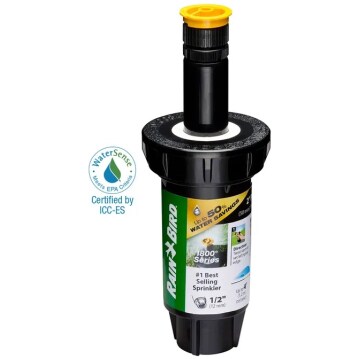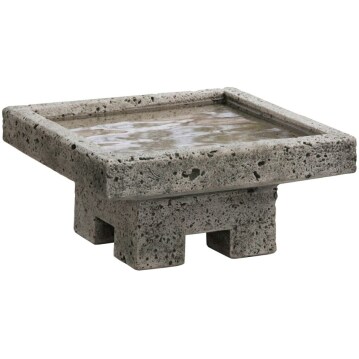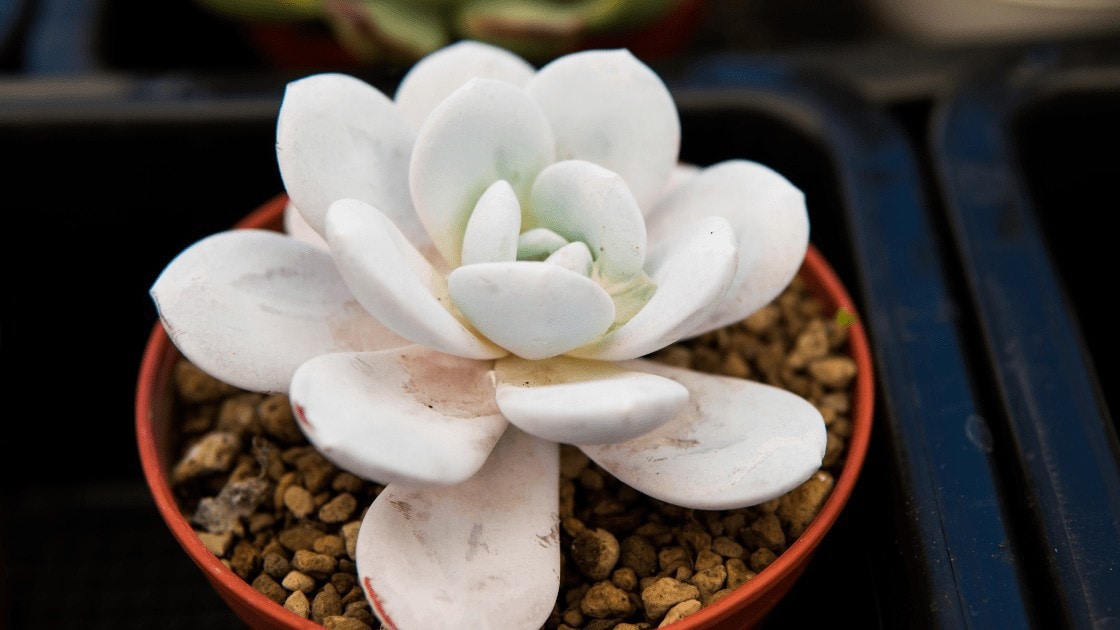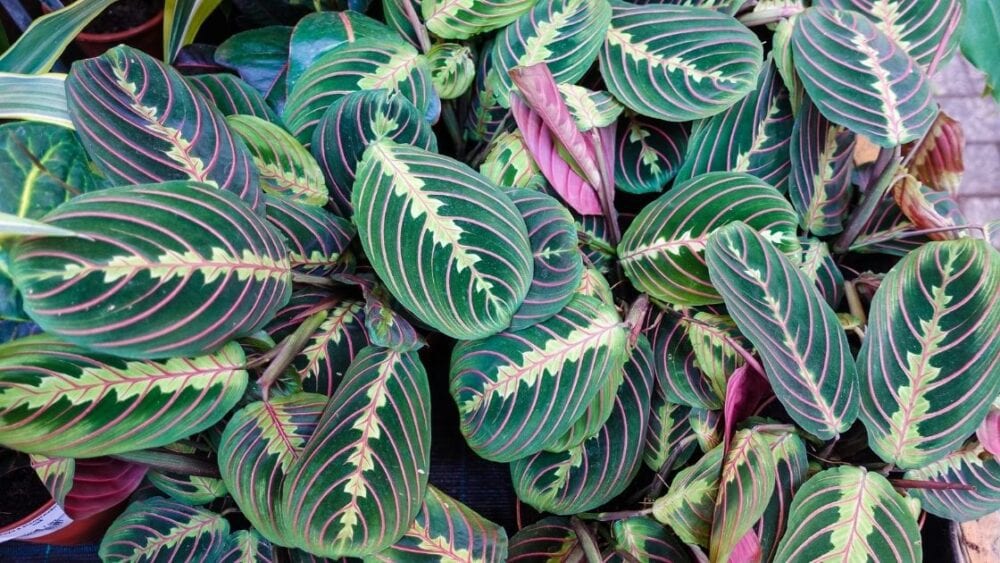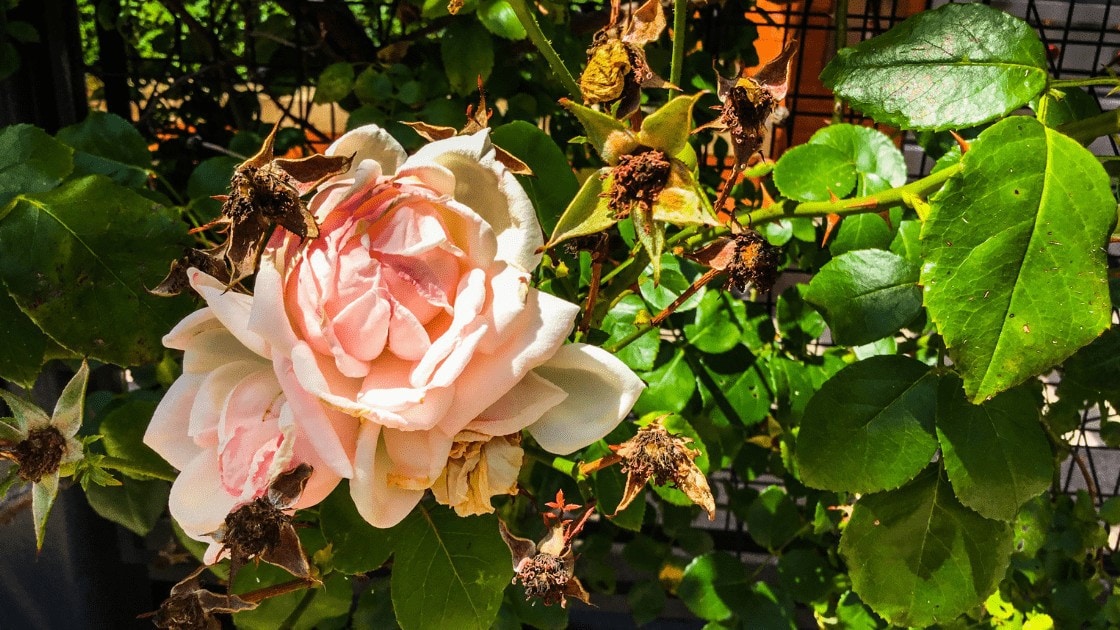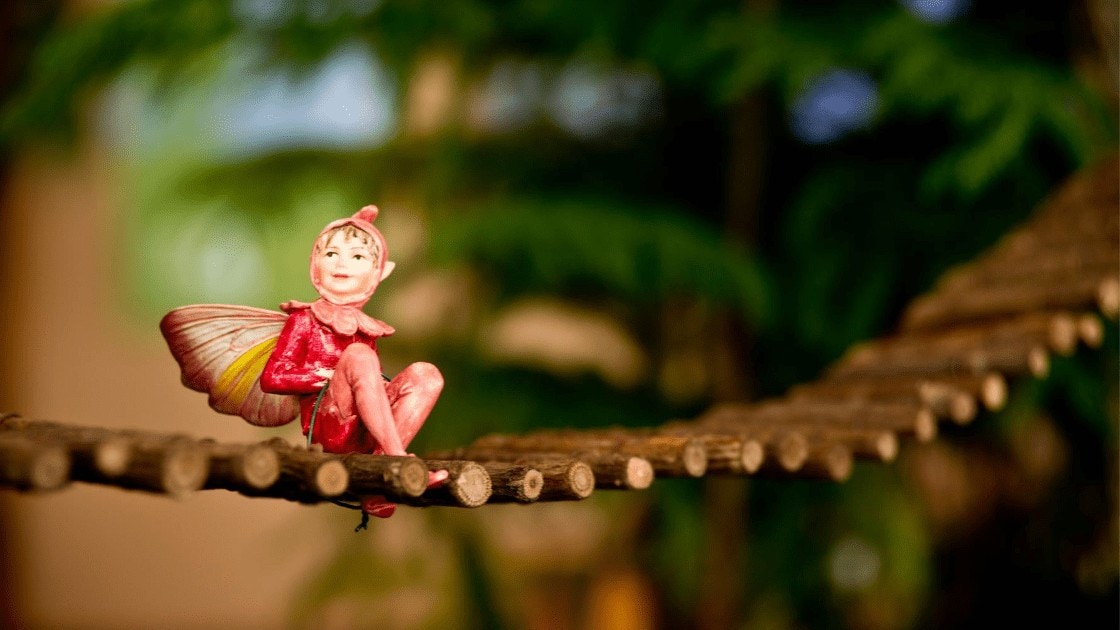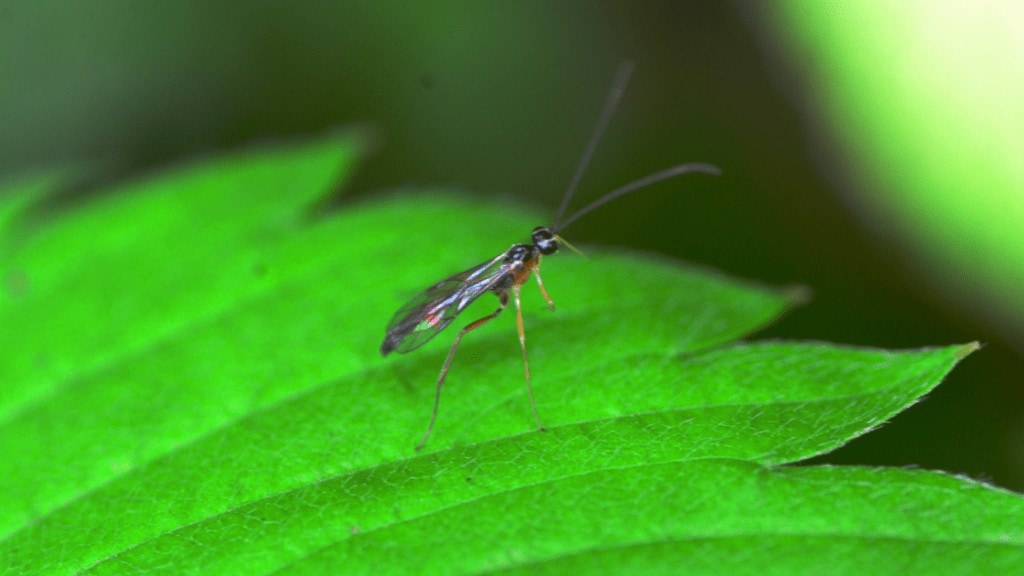
One of the common complaints of homeowners who grow house plants, especially during the Fall and Winter months, is the incessant buzzing and sight of fungus gnats. While Fungus Gnats do not bite, the insects are a major nuisance, especially if the infestation spreads rapidly. Fungus Gnats grow in shade and around decaying, moist matter, so potted plants are a common area where gnats can be spotted flying around. They also seek light, so they are often found clustered on walls, or next to windows and light fixtures.
Some types of plants are more prone to Fungus Gnat attacks than others – such as African Violets, Geraniums, Peace Lilies, Spider Plants and Wandering Jews – but most plants could be at risk from the gnat larvae under the right conditions. We will discuss below how fungus gnats could cause harm and some common ways to control their infestation.
Fungus Gnats or Fruit Flies?
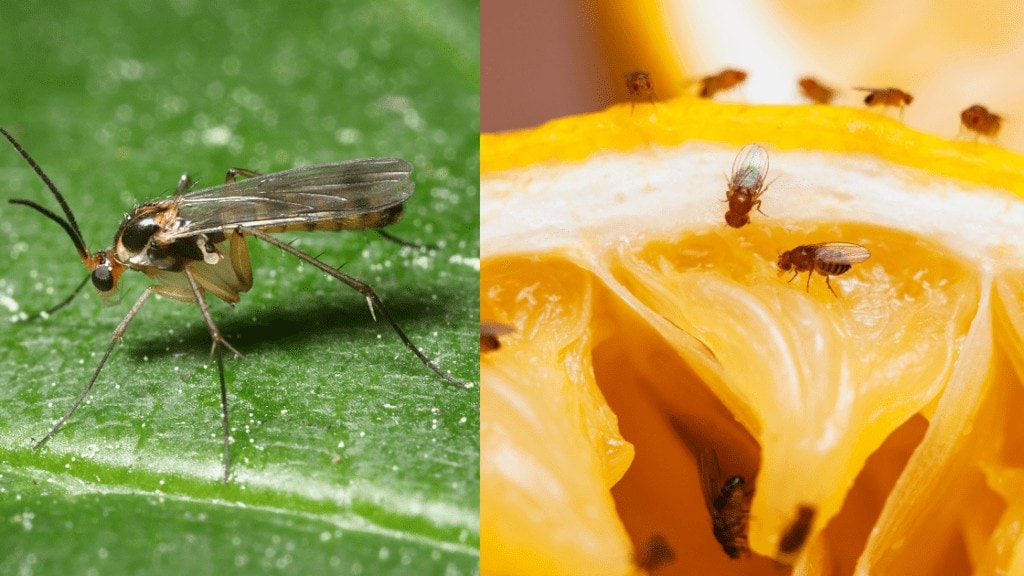
While Fungus Gnats are often mistaken for another household nuisance, the Fruit Fly, the two are completely different species. One reason why they may be confused is their size, another is that they are both attracted to damp, dead and decaying organic matter. The similarities end there. Here are two ways to distinguish them:
Browse our Affiliate Products
- Behavior – Fruit flies are found near fresh and rotten fruits and vegetables, wine, vinegar, empty soda cans, open drains and garbage. Fungus Gnats also congregate around decaying organic matter, but they prefer to find them in moist soil – hence their affinity to the roots of house plants. Their larvae also inhabit different areas – fruit fly larvae largely feed off the slime in dirty drains while gnat larvae are usually found in moist soil, especially the potted variety.
- Physical Characteristics – While it may be hard to spot the differences between the tiny creatures (roughly 1/8 of an inch) with the naked eye, they have distinctly different characteristics when you take a close look. Fruit Flies are tan to black in color, while Fungus Gnats are dark grey to luminous black. Their eyes are also markedly different – Fruit Flies have large, red eyes while fungus gnats have ones that are so tiny as to prevent adequate eyesight. Their shapes are also different.
Fungus Gnats look like mosquitoes, with a long body and dangling legs, whereas the Fruit Fly has a rounded body like the common house fly. Finally, Fungus Gnats have a distinguishing white V-shaped mark on their wings, something that clearly shows when silhouetted against a window.
Will Gnats Kill My Plants?
Adult Fungus Gnats do not cause much harm to plants, and their bites are not harmful to humans. Their presence on indoor plants is considered much more of a nuisance than harmful. Many Fungus Gnat larvae being present, however, can cause substantial root damage to indoor or greenhouse plants, stunting growth in young plants and even causing plants to die.
Fungus nut larvae thrive in moisture and organic food rich soil. If plants are wilting, one of the checks that need to be run – along with whether there is too much or too little water in the soil, improper drainage and actual, systematic root rot – is whether there is a Fungus Gnat larvae infestation that is causing the substantial root damage.
As mentioned previously, this is more likely to happen in indoor plants (whether it’s your patio or a nursery/greenhouse/sod farm), much more so than in outdoor settings. There are several natural enemies that keep gnats in control outdoors.
Where Do Gnats Come From?
The short answer may often be “other Fungus Gnats“, as trite as that sounds. In fact, it’s not uncommon for major Fungus Gnat infestations to crop up inside the house during the Fall and Winter months when outdoor plants are traditionally brought inside for the winter – the fungus gnats may literally arrive with them. Their desire to inhabit moist areas with shade and food (fungi and organic material) make home interiors a haven for them.
Potting soil is often a major source of Fungus Gnat infestations. Fungus Gnats feed on the fungus and organic matter within moist soil, so when outdoor plants are carried in, the soil in which they grew will carry gnat larvae in with them. It is also very common to find Fungus Gnat larvae growing in soil that has been left sitting around, especially when its damp.
Possible Solutions
Gnats look for food and water. In general, Fungus Gnats thrive in areas with moisture and organic-rich environments where decaying and recently dead matter grow along with fungi. It’s important to continuously check on drainage (get rid of standing water above and below the soil surface), remove moisture from surfaces where possible, re-pot plants to check for healthy roots and to keep infested plants away from other, healthier populations.
What Signs Should I Look For?

The principal signs that you should watch out are dictated by common sense. Adult Fungus Gnats are plainly visible to the naked eye, flying or clustering around windows, walls, light sources, potted plants and damp soil. The other sign, which includes detecting the more damaging fungus gnat larva infection, is to check regularly for wilting or dead plants and secondarily, to see if there is moist soil and/or stagnant water at the base of plants.
In general, if you spot adults around an area with plants, soil and dampness – be extra cautious and check on the health of your indoor plants. If the plants are in fact wilting, check for wet soil, drainage and root damage.
How Can I Prevent My Potted Plants from Getting Gnats?
Over their lifetime, a Fungus Gnat spends far more time in its larva and pupa stages, ensconced in warm, wet, organic-matter rich soil, than it does as an adult. Plus, while the adults are annoying, the larva can do real damage to your plants.
For these reasons, it makes more sense to focus on prevention and then destroying an infestation of the gnat larva, rather than focus on how to rid yourself of the adult gnats you see gathered here and there.
There are some basic do’s and dont’s:
- When you bring plants indoors, make sure that they are relatively healthy and that the soil that is being transported inside does not look overly wet. Grass clippings, compost, organic fertilizers and mulch are breeding grounds for fungus gnats – avoid carrying them indoors if you can. Dispose of the top layer of soil outdoors to be sure.
- Purchase pasteurized container/potting mix only. Unpasteurized and incompletely composted organic matter in your potting soil is a haven for gnat larvae.
- Mix in sand or gravel with loamy soil to enable better drainage.
- Avoid overwatering and ensure good drainage to avoid buildup of moisture and fungi. Check that system has adequate drainage and no leaks. Water from the bottom if possible. Clean up all standing water.
- Cover drainage holes at the bottom of a pot with synthetic material that allows water to pass through. This will stop gnats from possibly laying eggs at the bottom of the pot. For more information about different pots for plants check out this article. What is the perfect pot for my plants?
- Check potted soil for signs of extra dampness, especially if you feel that water is collecting along the roots.
- If getting potting soil from bags (especially ones that had been lying around after having been previously opened), make sure the soil is not damp or moldy. Ideally, you should store extra potting soil in dry, airtight containers after drying it out.
- Check for signs of either adult infestations, or if your plants are drooping or wilting.
- If you have infested plants, do not move them close to other plants Fungus Gnats will emerge and infect the other plants in the area. Isolate infected plants and try to solve the problem first.
Despite taking the steps above, you may still be attacked by Fungus Gnats. If so, there are a few ways to get rid of them before you come up with a nuclear option.
How Do I Get Rid of Gnats Naturally?
There are a few ways to get rid of fungus gnat infestations naturally. They include:
- Re-pot plants to dry out wet soil if necessary.
- Dry out infested potting soil – Commercial growers often heat/steam potting soil before using it to rid themselves of gnats, algae and nourishment for the gnats. You can try an equivalent “solarizing” treatment to cleanse potting soil at home. This involves taking the moist soil, laying it out in a pile no more than 8″ high, putting it inside a transparent or black (sunlight-absorbent) bag and laying it on a slightly raised pallet or open platform in an area that gets plenty of sunlight. Solarizing soil for 4-6 weeks this way should make the soil ready to reuse.
- Water your plant with a mixture of one-part hydrogen peroxide (available in many places) and four parts water. The hydrogen peroxide solution will kill the larvae without harming your plants. Repeat on a weekly basis till the infestation has been stopped.
- At an earlier stage, use a soap and water mixture to water your plants. Liquid Castille Soap or liquid dish soap is often recommended.
- Cider-vinegar traps (described in a later section) are another natural means to check Fungus Gnats.
Pest Control Removal for Gnats
Strong insecticides are not warranted for removal of Fungus Gnats, especially indoors where they could affect other living beings. Also, the larvae will not be impacted by insecticides aimed at killing adult gnats (see next section). If fungus gnat larvae are to be targeted, a number of biological remedies are available, such as microbial insecticides that are benign to humans and plants but will kill larvae.
Microbial Methods to Kill Larvae
A prime method to introduce some agents into an environment with Fungus Gnat larvae is to use what is popularly known as a “mosquito dunk”, which is a dry pellet with helpful bacteria that can be leeched into water. Soak the pellet in water overnight, either in a gallon jar or a watering can, allowing the bacteria to soak into the water. Keep the dunk aside for reuse. Use the bacteria infused solution to water the plants. Repeat on a normal schedule (perhaps once a week) for as long as it takes to control the infestation – possibly several months.

Among commonly available agents to help control gnats include the following:
1. Bacillus thuringiensiss, subspecies isrealensis (Bti): These beneficial bacteria will kill Fungus Gnat, fruit fly and mosquito larvae without harming humans or plants. BTI is typically not available on a retail basis, so you may have to call pest control. Gnatrol, a Bti based product) is often used commercially in greenhouses and similar environments.

2. Steinernema feltiae is one of a number of insect parasitic nematodes (microscopic ringworms) that are extremely effective in killing Fungus Gnat larvae over the 72 to 96 hours cycle. They can be sprayed on plants in combination with pyrethroid-based insecticides, which as mentioned below are effective against adults as well.

Methods to Kill Adults
There are a number of insecticides that may also be used to target adult Fungus Gnats if other methods have failed. Use the insecticide on the upper surface, near the roots and on the underside of exposed surfaces. Repeat applications will typically be needed in such extreme cases. The effective treatments are those that kill adults for at least three days (an entire life cycle for an adult gnat). Some effective ones are pyrethroid-based insecticides, with extended persistence and containing the following active ingredients – bifenthrin, cyfluthrin, permethrin and lamdacyhalothrin. On the contrary, short persisting contact insecticides that use oils, soaps, pyrethrins and neem do not provide sustained relief and are unlikely to be as effective.

Methods Used by Pest Control Professionals that May or May Not Be Effective
Some methods that are catch-all for pest control, such as Fly Baits and Flying Insect Spray, are not as effective as some of the other methods outlined here. As explained above, oil, soap and some other common mediums are not effective at providing a long-term solution, and baits/sprays aimed at adult pests are unlikely to solve the problem caused by a large larval infestation.
Gadgets for Gnat Removal
Fungus Gnats are attracted to yellow colored objects. This provides a couple of ways to “trap” them using commercial or homemade gadgets. For example:
- Yellow sticky traps, available at nursery or garden stores (e.g., under the brand Gnat Six), can be attached to skewers or sticks and placed inside pots to trap adult Fungus Gnats. They can also be placed under the plant canopy or on the inside of pots or containers.
- Potato peels or wedges with the flesh still attached are extremely attractive fodder to gnat larvae. Placing them close to plants or within the soil for a few days will cause the larva to gravitate towards the flesh of the potatoes – so make sure to leave the peel side facing outwards and the flesh available to trap the larvae within the soil. You can remove the peels, along with substantial larvae, after a few days or weeks. Remove the infested chunks of potato and put in fresh bait.
- Cider-vinegar traps can be constructed by (a) mixing apple-cider vinegar with equal parts water, sprinkling a few drops of liquid soap, then (b) pouring the mixture in small, shallow open cans (e.g. cat food, tuna or sardines can) and finally (c) placing the can near the root of the plant, preferably inside the pot if that option be available. Refresh the mixture with fresh vinegar and water every few days.
- Other Traps – Other traps, such as flypaper, can also be used. However, they may prove to be overkill and cause other problems, sticking to body parts, hairs, plants etc.
Final Thoughts
Fungus Gnats are an irritation in their adult form, but their larva poses greater danger to your indoor plants – especially ones that are young or sickly. Luckily, with a little bit of forethought and planning, you can prevent a mass infestation from taking place. If things get too far out of hand, try one or more of the remedies outlined above. Hopefully, your house plants will be able to survive the attacks and continue giving you pleasure with their health and beauty.

